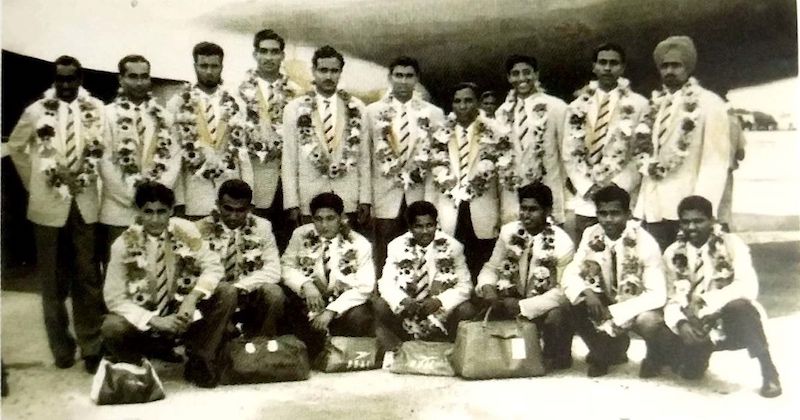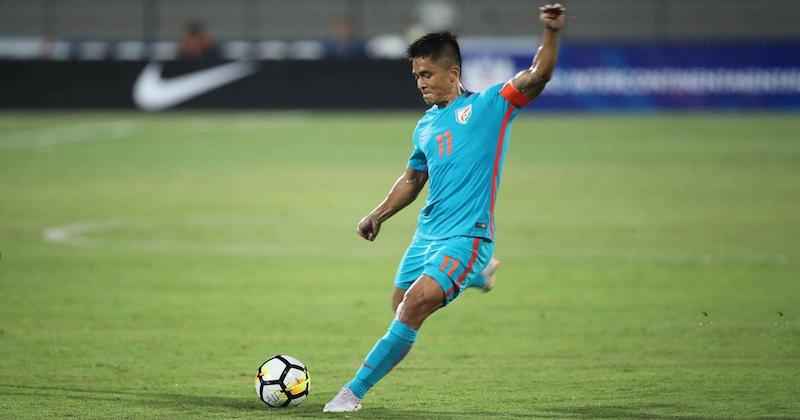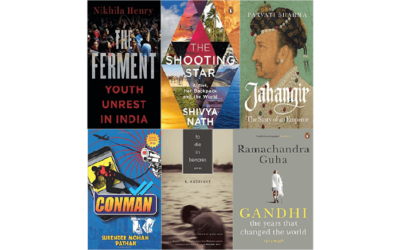Football, Books, And The Indian Youth

Tanuj Lakhina
June 14, 2018
But where are the young fans? India has the largest young population in the world (under 25 years old) and they contribute significantly to every fragment of the society – including the sport to follow. The number of young fans in attendance at cricket matches has seen a drop amid corruption scandals, an imbalance in the game, controversies over rules and off-the-field stories taking importance over action on the field. The benefits of this drop have been picked up by football.
This rise of football is helped by the marketability of the sport and by the availability of literature on the sport itself. Fans understand clubs, try to get more knowledgeable by reading biographies of players and managers, and even delve into the intricacies of football, courtesy of books like Inverting the Pyramid by Jonathan Wilson. Books like The Illustrated History Of Football World Cup also prove extremely resourceful during the extravaganza.
Much closer home, one of India’s most renowned sports journalists and authors, Novy Kapadia captures many interesting anecdotes and facts about the Jules Rime Trophy in The Football Fanatic’s Essential Guide: 2018 World Cup Special. In the book, Kapadia sheds light on the infamous moment in Indian football history when the team had the opportunity to play alongside Paraguay, Italy, and Sweden in the group stages of the 1950 World Cup but due to many unclear factors, did not make the sojourn to Brazil. While the popular myth remains that India wished to play barefoot, which was against FIFA rules, no one has offered any clear explanation for it. Some of the factors, Kapadia notes, could be, “AIFF (Indian football association) procrastinated and let this opportunity slip by”, or because they did not favour the World Cup over events such as the Olympics or Asian Games.
The decision to not participate in the 1950 World Cup becomes even more startling given Brazil was willing to bear most of India’s expenses. The South Americans were “keen to have a team from the land of Mahatma Gandhi and Jawaharlal Nehru,” notes Kapadia. The ramifications of not turning up for Pool III fixtures were dire. FIFA, the world footballing body, angry at the late pullout, refused to accept India’s entry to the 1954 World Cup and the impasse continued till the 80s. In hindsight, had India made that journey, maybe the game would have made early inroads into a newly independent country. As the late Sailen Manna, likely captain for the 1950 side, stated: “Indian football would have been on a different level had we made that journey.”
(The team that won the 1962 Asian Games gold medal via Scroll.in)
He acknowledges the role that books have played in his understanding of the sport. “Literature plays a huge role in understanding the sport and its history. My favourite book has to be Johan Cruyff’s autobiography, My Turn which provides a really good insight on the life and philosophy of one of the best footballers, managers, and philosophers of all time.”
Nishith Shetty, 23, born in Mumbai and currently studying in Boston, pins his attraction towards football on the overall intensity that the sport offers. “It’s just the intensity of the game that’s packed in such a short period that it makes you forget how time passes by! Also the fact that it is the most beautiful sport and has scripted stories that inspire generation after generation. The only sport that can actually be called a global sport, a sport that unites people across borders and culture,” he exclaims. Shetty, who will be supporting France during the 2018 World Cup, believes that many traditional cricket fans have started to follow Indian football as well.
Saurabh Sharma, an IT professional in the capital, has a clear favourite when it comes to sports. He’s been following football since the 2006 World Cup but didn’t get the most joyful of starts as his team of choice – France – lost in the final to Italy. He states numerous factors have played a role in him following the sport extensively. “The movement, intensity, skills and how, like every sport, the novelty factor here is more evident than in some other sports,” says the 23-year-old.
(Sunil Chhetri via Scroll.in)
India has gone from the ‘Brazil of Asia’ to ‘Sleeping Giants’ over a period of 50-odd years highlighting the decline of Indian football. But, with young fans on board, it can be revived easily. And steps have been taken on those lines. Nothing gets the fans – young or old – more enthused than wins and trophies, like winning the Intercontinental Cup and qualifying for the Asian Cup. Led by Sunil Chhetri, a youth icon, football will only draw more fans.







